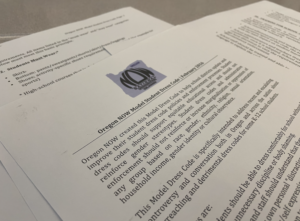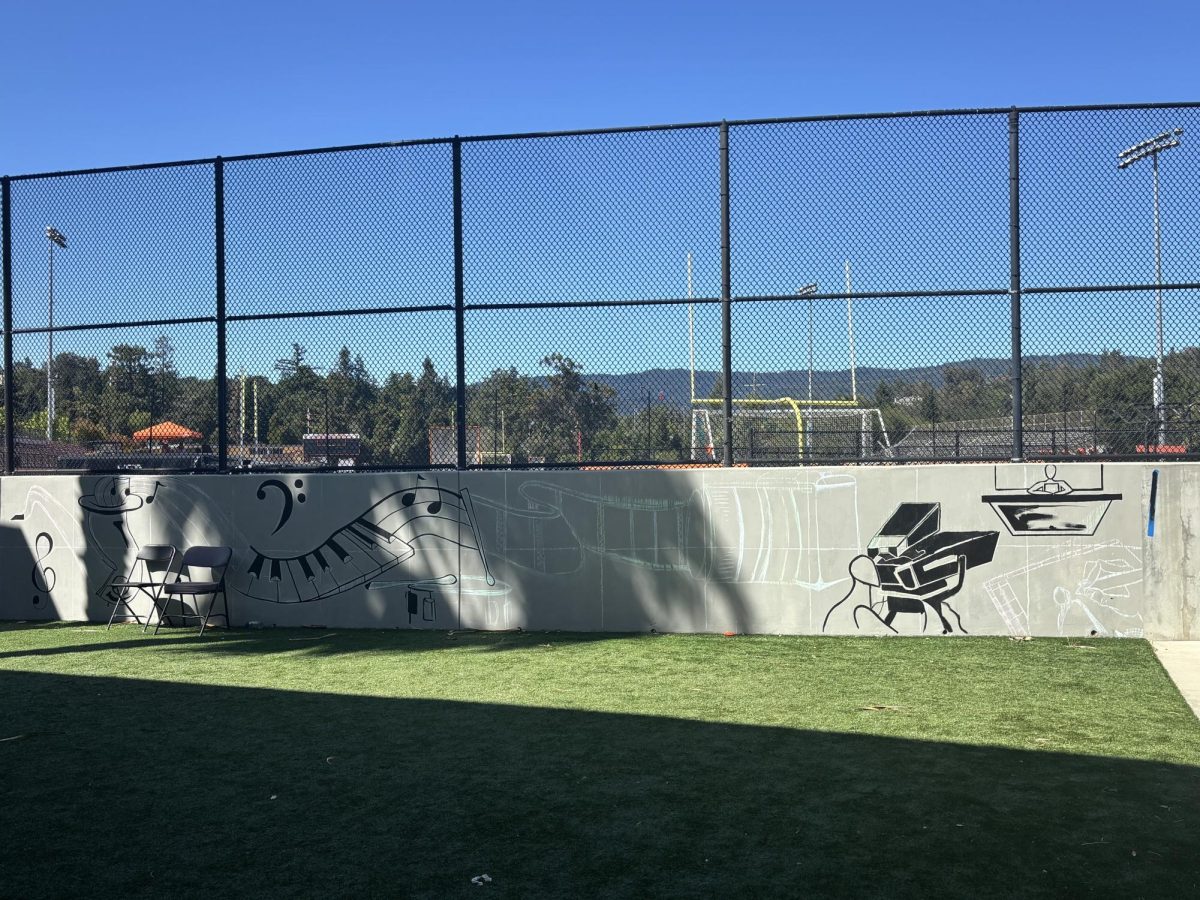Luscious locks and silky hair are not a method of admiration from teachers as one Texas school district has banned boys with long hair. Students are now wondering whether dress codes are fair towards students’ outward expression.
At the Magnolia Independent School district, a few miles outside of Houston, Texas, students are suing the school for punishing boys with long hair because it violates the dress code. Many of these students use long hair to help express their gender, identity, or culture. For Woodside students, many believe this to be a discriminatory act towards various genders.
“I don’t know if it’s an issue of long hair being feminine, but long hair rocks. I’m not surprised, unfortunately, because it’s Texas,” Woodside sophomore Malin Petersson said.
For Woodside students, however, there is an easier solution to get involved in our dress codes. The district is forming a new committee that includes students in creating a more progressive stance on dress codes.
“[The policies included] are much more realistic, up to date, progressive-minded, and look at it from a good perspective,” Woodside Administrative Vice Principal Charles Velschow said. “There’s going to be a district committee that’s going to look at the dress code so that we have some uniformity at every site.”

This new committee will follow the Oregon NOW Model Dress Code that reassures dress codes do not reinforce gender stereotypes or oppressed groups based on race, gender, ethnicity, religion, sexual and gender identity. This new plan provides students with more clothing freedom. For Woodside students, this plan remedies issues concerning sexist policies in the dress code.
“The rules should be the same for guys and girls,” Petersson said. “It should be the same for everyone. It doesn’t matter what your body looks like, everyone’s bodies are different so you can’t be judged on what you wear.”
Students further agree that creating a dress code with the bare minimum will provide students with the freedom they need to express themselves while not compromising the well-being of themselves and others.
“Bare minimum dress codes are probably necessary. Most students aren’t going to do anything egregious,” Woodside freshman Shay Brandes said.
While many students trust others to dress appropriately, some believe allowing students more freedom in creating dress code policies could prove to be unhelpful in the learning environment.
“[Students should] not really [be allowed to create the dress code] because that would be bad,” Woodside freshman Parsa Sanaei-Zadeh said.
Currently, Woodside’s dress code aims to follow guidelines set by the district, with a few modifications that have been made to create a more progressive set of rules.
“The school dress code has been in the behavior handbook,” Velschow said. “It’s been slightly modified. There were some things in there that came out about a year and a half ago that we thought were a little dated. It’s based on district policy and so forth.”
Although this is the case, for students at Woodside, many find that clothing is an expression of their identity. While the dress code is not enforced, to some, the rulebook creates strict regulations that prevent them from being comfortable with themselves.
“[The dress code at Woodside] is not enforced because no one cares,” Petersson said. “I’ve experienced looks from some teachers when I wear something that slightly breaks dress code. This dress code in the rulebook, however, is strict.”
However, many students don’t realize that Woodside has a dress code since it is not enforced among the student population.
“I don’t even know the dress code,” Sanaei-Zadeh said.
The issue with some students dressing differently from preconceived notions is that they can occasionally reference offensive or inappropriate topics. This violates district guidelines for what students are allowed to wear at school.
“The biggest violations that we have to constantly reference are the cookies, sweatshirts and shirts because those are referencing a cannabis hip hop artist,” Velschow said.
According to Velschow, on an average week at Woodside, this tends to happen every other day or at least a couple times a week. Due to this policy, the administrators place dress code violations on boys more often. However, some students believe that the dress code affects other demographics.
“I think [the dress code is] extremely sexist,” Petersson said. “It’s controlling and targeting women’s bodies and how much they can embrace them. Whereas for boys, there’s very limited rules about what they can and cannot wear.”
Students believe that these dress code policies morally violate the rights of students by forcing them to conform to certain expectations.
“Morally I think that [dress codes are] not really a good thing. I think that you’re putting pressure on students to conform to expectations that they really shouldn’t have to,” Brandes said.
For now, Woodside hopes to create a healthy learning environment that doesn’t force ideals upon students, whether through opinions or clothing.
“We’re not placing moral or ethical ideals upon [students]. We’re looking for things that are going to make sure we can maintain an academic environment and still give kids freedom.” Velschow said.






